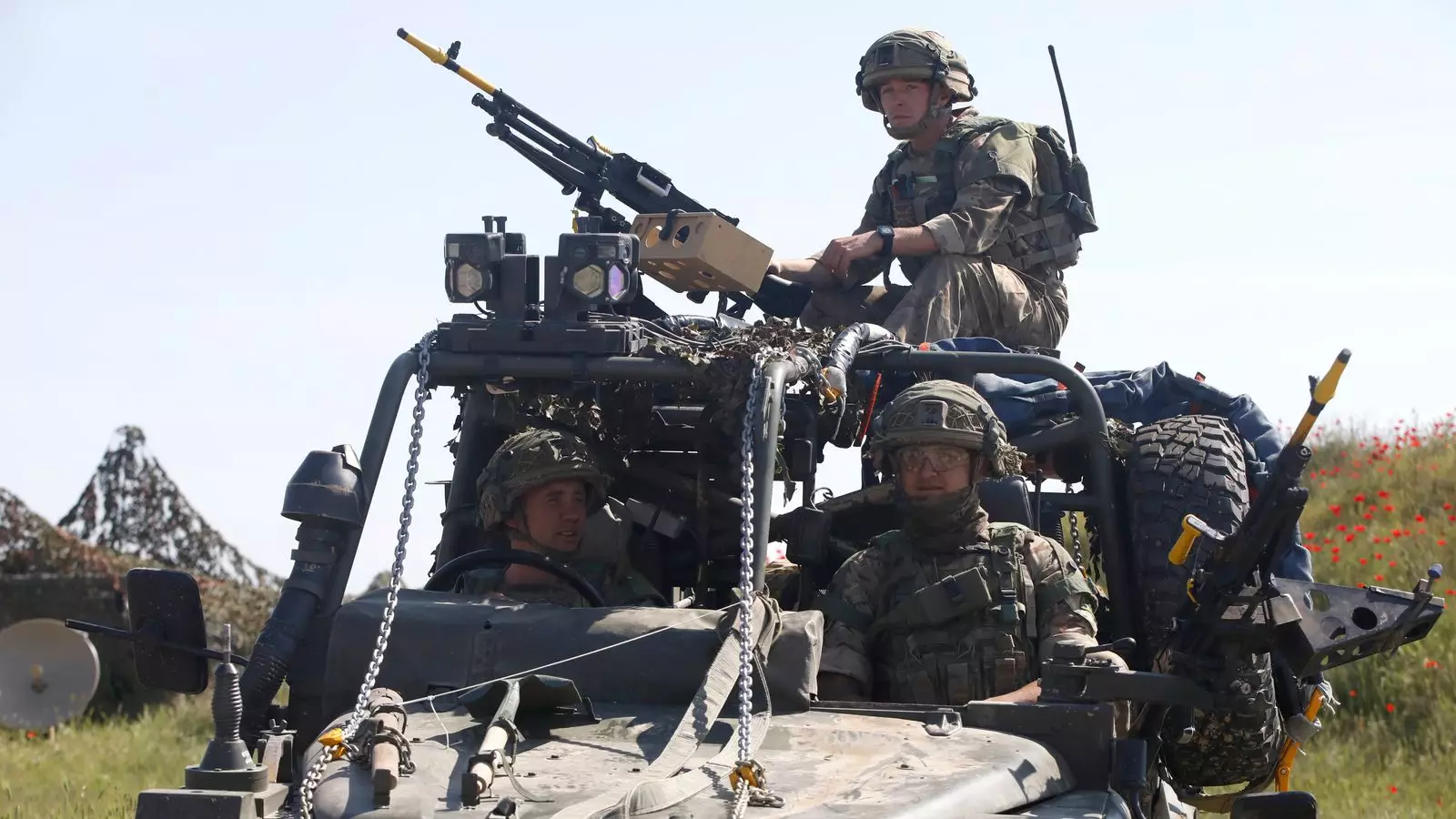In light of escalating tensions between Ukraine and Russia, Western officials have begun discussing the potential deployment of British and other European troops to key urban and strategic locations within Ukraine. This initiative aims to bolster security in major cities, vital ports, and critical infrastructure, including nuclear power plants, once a ceasefire is achieved. While the specifics regarding troop numbers are still being considered, estimates suggest that the force could be capped at around 30,000 personnel, representing a significant commitment to Ukraine’s defense.
The deployment’s primary objective would not be to engage in frontline confrontations or peacekeeping missions but rather to serve as a reassurance force—a visible testament to international support aimed at instilling confidence in the Ukrainian populace. This approach underscores the necessity for Ukraine to not only defend its territorial integrity but also to facilitate the safe return of millions of displaced citizens who fled the conflict.
Securing Ukraine’s Skies and Coastline
A critical aspect of this proposed deployment involves the protection of Ukraine’s airspace and maritime boundaries. Currently, civilian air travel remains suspended due to the ongoing conflict, limiting the nation’s connectivity and economic recovery. To address this issue, officials are contemplating an air policing mission that would employ fast jets stationed outside Ukrainian territory. These aircraft would play a crucial role in actively monitoring and securing airspace, resembling existing NATO operations in the Baltic states and Romania, where deterrence against potential threats is a priority.
Moreover, the possibility of deploying naval vessels to the Black Sea has also emerged, driven by the need for demining operations and enhanced maritime patrols to restore safe passage for shipping. President Volodymyr Zelenskyy has highlighted the Royal Navy’s potential as a key partner in safeguarding Ukraine’s shipping lanes, especially in collaboration with northern allies. Such joint efforts would further stabilize the region while demonstrating a united front against external aggression.
While discussions surrounding European troop deployment continue, the necessity of a robust U.S. military presence looms large. Sir Keir Starmer has articulated the importance of what he refers to as a “backstop” from the United States, which is essential to amplify deterrent measures against potential Russian resurgences. Although specifics on how U.S. involvement would manifest remain somewhat ambiguous, it is widely recognized that American military assets based outside Ukraine could play a pivotal role in ensuring a solid defensive posture.
However, the future of U.S. support under the current administration remains uncertain. Former President Donald Trump’s stance on the deployment of American troops has not been openly supportive, with suggestions from his defense secretary, Pete Hegseth, dismissing the prospect of American soldiers being sent to Ukraine. This political ambiguity creates a challenging environment for European plans to unfold effectively.
Amid these discussions, President Zelenskyy has made an impassioned plea for concrete security guarantees from Ukraine’s NATO partners. Given the ongoing instability, he emphasizes the pressing need for either direct military support or financing and weaponry to develop a formidable defense force capable of addressing the threats posed by Russia. Zelenskyy’s proposition of creating a one-million-strong army, potentially supported by a comprehensive air defense system such as the U.S.-manufactured Patriot system, illustrates the urgency for more assertive measures.
Without a strong international backing, Ukraine finds itself at a strategic disadvantage. The president candidly remarked that the current security guarantee options are limited, rendering the notion of establishing a new global security arrangement exceedingly unrealistic.
The prospects of deploying European troops to Ukraine hinge on critical geopolitical dynamics, particularly concerning U.S. involvement and assurances. As discussions evolve within the context of a potential ceasefire, the emphasis must remain on strategic collaboration among NATO allies. Through a multifaceted approach that combines troop deployment, air policing, and naval operations, Europe can strive to restore stability in Ukraine, ensuring both its territorial integrity and the safe return of its citizens. However, the continuation of these discussions will require unified support from the international community, without which Ukraine’s path to security remains fraught with challenges.


Leave a Reply